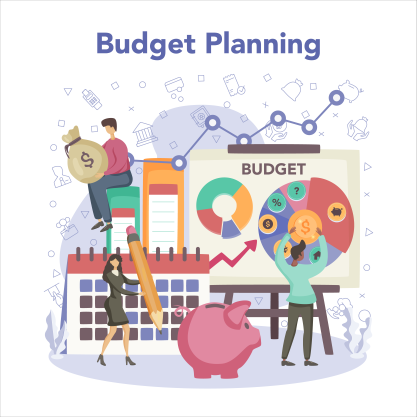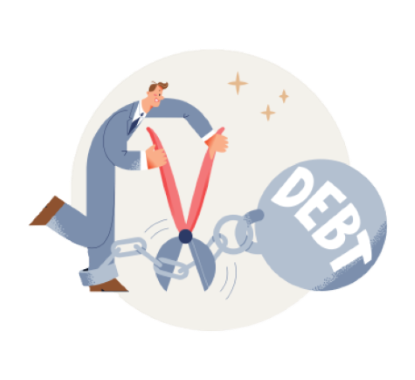Achieving Financial Freedom in Record Time: How to Get Out of Debt Fast
Are you feeling overwhelmed by debt but don’t know where to start? If the thought of paying off your debt is daunting, it’s time to take action and make a plan. Getting out of debt isn’t always easy, but it is possible! With a little motivation and discipline, you can learn how to get out of debt fast. Let’s dive into some smart strategies that will help you become debt-free in no time.



